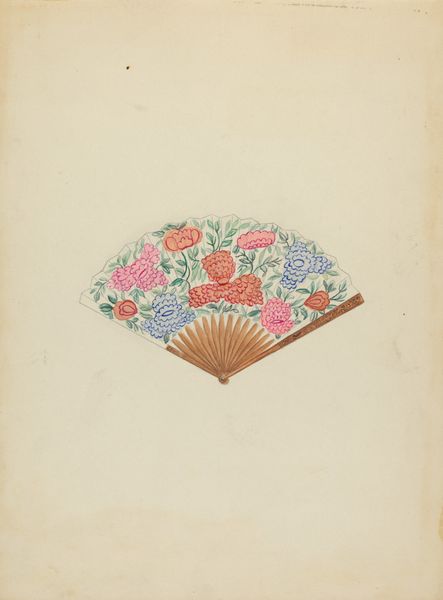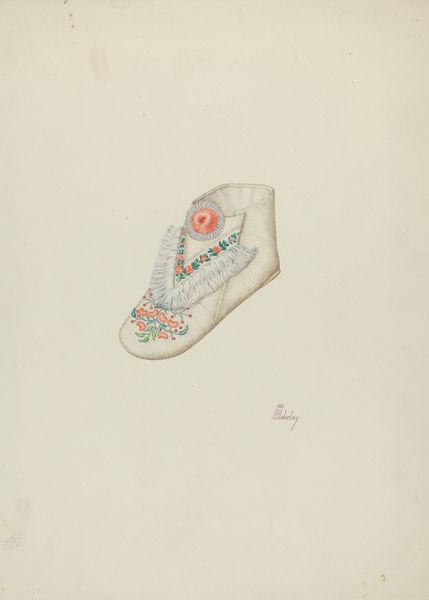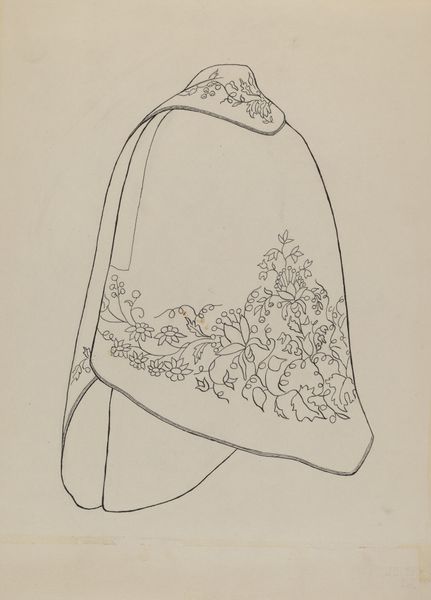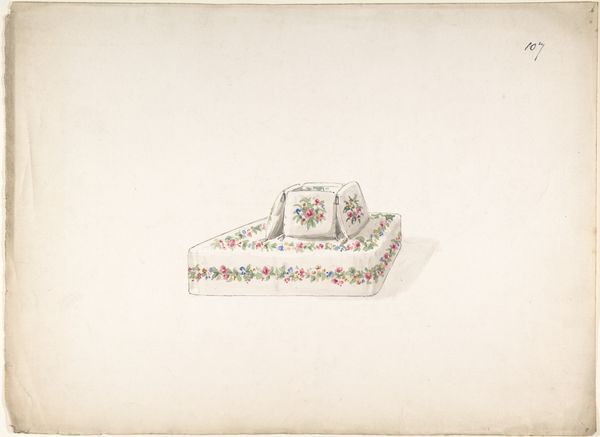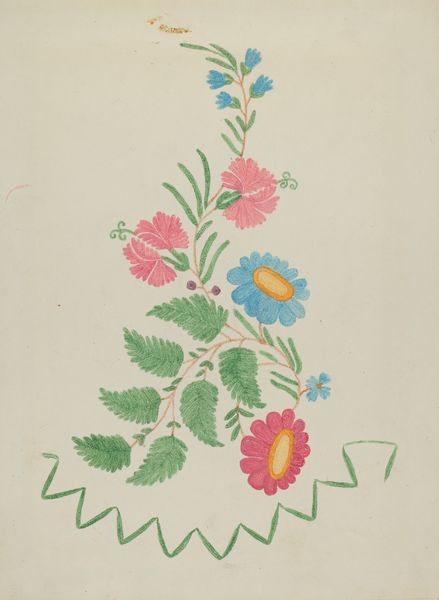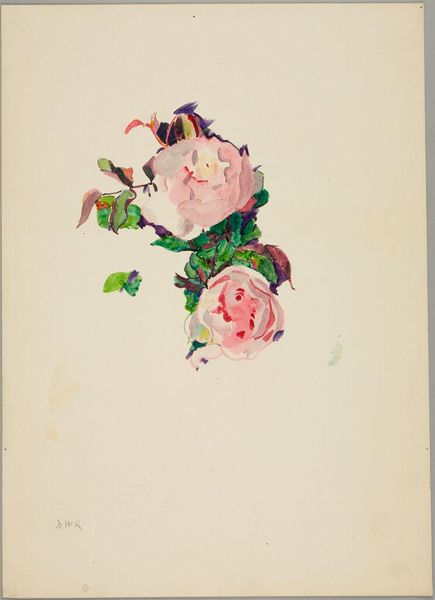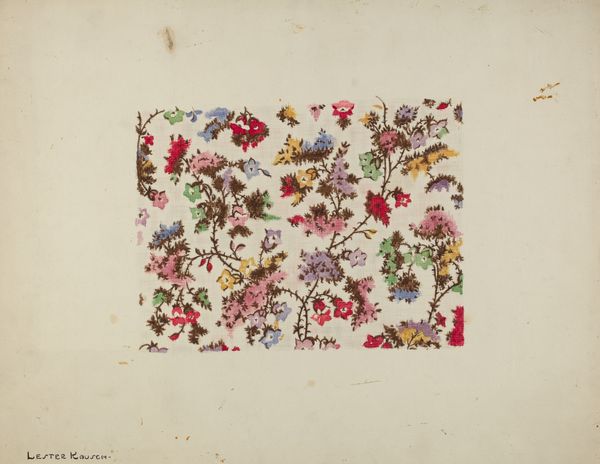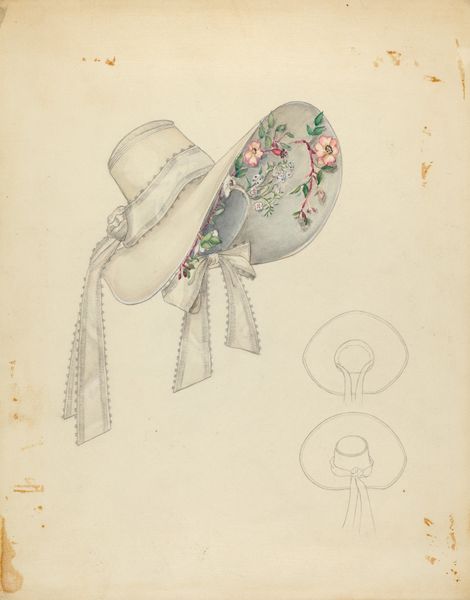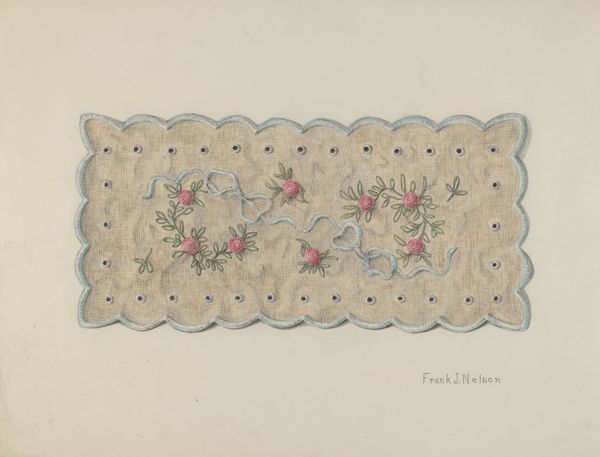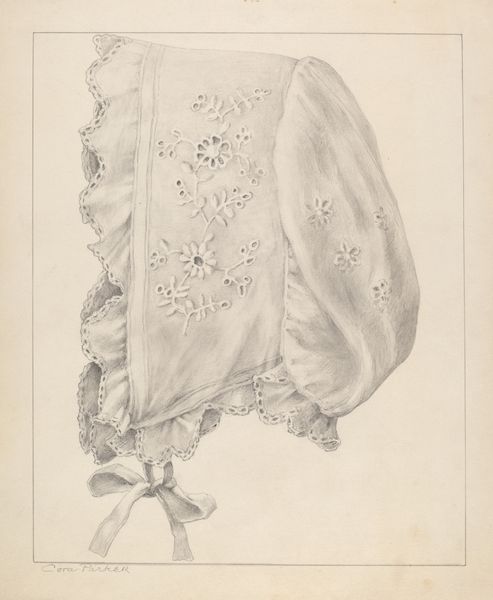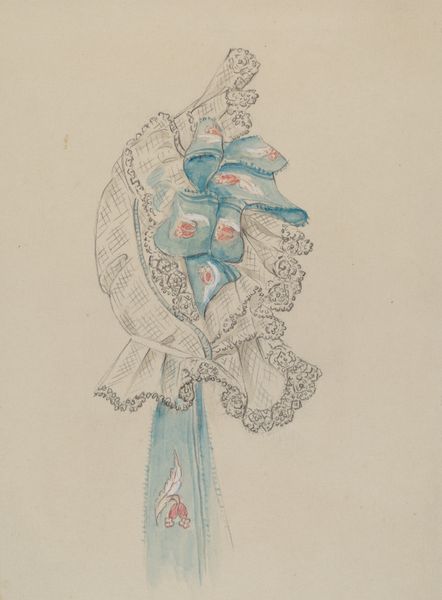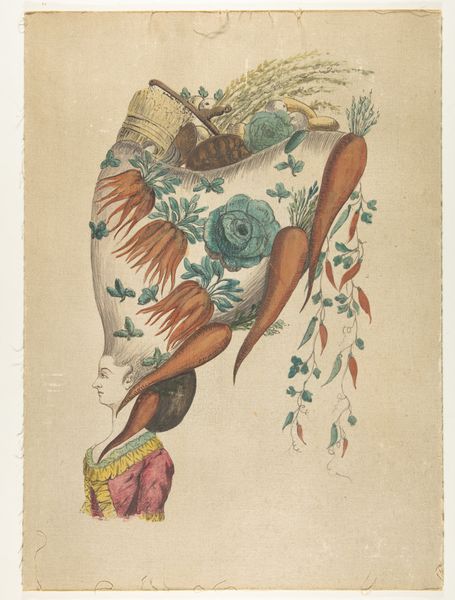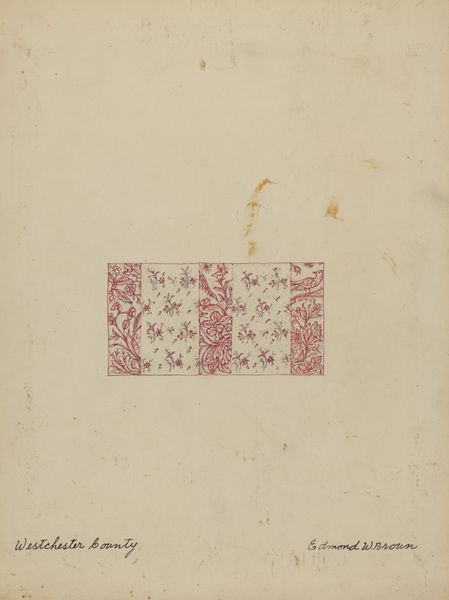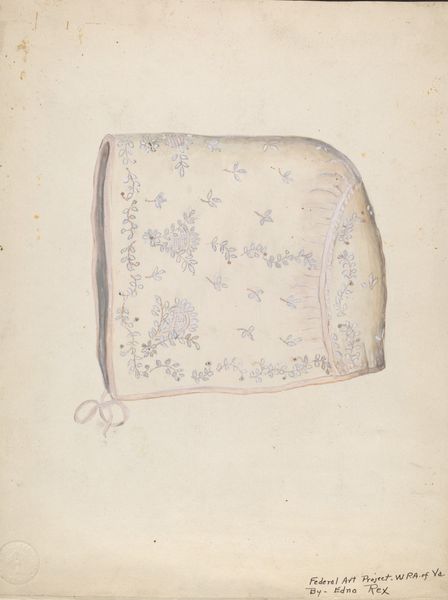
drawing, watercolor
#
drawing
#
watercolor
#
watercolour illustration
#
realism
Dimensions: overall: 35.2 x 22.8 cm (13 7/8 x 9 in.)
Copyright: National Gallery of Art: CC0 1.0
Curator: This is Josephine C. Romano’s “Baby’s Shoe,” circa 1938. It’s a watercolor and ink drawing on paper. Editor: There’s such quiet tenderness to it. The scale seems deliberately diminutive, emphasizing the vulnerability it represents. Curator: Indeed. The composition hinges on a certain precarious balance. The white space surrounding the shoe isolates it, inviting a focused, almost reverential, attention. Note how the formal elements work in concert: The translucence of the watercolor allows light to permeate, softening the contours. The spare lines define the form, granting it a delicate solidity. Editor: The shoe itself is fascinating. Beyond just representing infancy, baby shoes carry cultural associations of safety and a hopeful future. I think it’s fair to say shoes signify journeys—life's path. Depicting only one, though...there's a wistful stillness about that. Curator: An interesting point. We might read the asymmetry of the design as a purposeful break from convention. Rather than an attempt at realism, it gestures towards a psychological landscape. Editor: The floral embroidery… that’s more than just decoration. It speaks to nurturing, growth, a woman's touch—maybe Romano's way of imbuing the shoe with her artistic identity as well as familial love. There's that singular pink tuft, echoed in the little embroidered flowers, so full of affection. Curator: Quite right. It underscores the potential inherent within new life, mirroring the aspirations of a generation seeking to rebuild after the Depression. Editor: Looking at it now, I wonder what hopes were attached to this tiny object, rendered with such meticulous care. What stories this simple image holds. Curator: I concur, an engagement with this deceptively simple work rewards sustained and nuanced analysis, revealing connections between form, historical context, and emotional resonance.
Comments
No comments
Be the first to comment and join the conversation on the ultimate creative platform.
